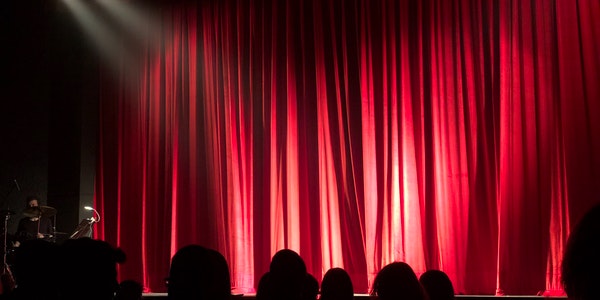Table of Contents
Classification of Stage Lighting
Stage lamps can be divided into three categories according to the optical structure: floodlights, spotlights and slide lights; according to the parts installed on the stage, there are face light, slap light, foot light, column light, top row light, sky row light, ground row light and flow. The division of light. Floodlighting system refers to a lamp that can emit uniform and soft light and can illuminate light in a certain direction. Individual floodlights, top row lights, footlights and curtain lights are generally used to illuminate the sky curtain, painting scenery or performance area. Condensing system refers to lamps that can emit orientation and control the range of light zones. Generally, the principle of refraction is used to project different light spots through the lens. If a threaded soft lens is used, it can produce a soft spot on the edge. A lamp that uses a reflective optical structure to achieve a condensing effect is called a return light. The slide system is to add a group of objective lenses in front of the condensing lamp to make it project light and image. This kind of slides can be divided into: ① projection slides that use slide imaging, ② projection slides that cast clouds, water, fire and other moving images on the scene through a rotating disc chain belt, ③ use long focal length objective lens Make the small spot clear imaging. The follow spot light that highlights the protagonist’s image, ④The elliptical concave mirror is called the modeling light.
The stage lighting control system must be able to effectively control and deploy all lamps and produce a harmonious artistic effect. It consists of three parts: power distribution board, dimmer and main console.
The stage lighting design is mainly based on the script, the director’s requirements and the overall design of the stage art for artistic conception, drawing of lighting design drawings, and specific arrangements for technical reflection. The lighting design should be able to use a variety of modeling methods to adapt to different styles of performances. If some performances require a realistic style, some require the creation of abstract, freehand or metaphorical moods.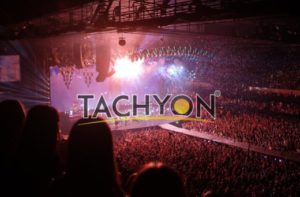
Common sense of stage lighting design
Common light positions of stage lighting
If you want to configure professional stage lights, you must first understand the common light positions of stage lights. This is an important part of the correct selection of configuration.
- Surface light: the light projected from the top of the audience to the stage, the main function is to illuminate the front of the characters and the basic light of the whole stage.
- Slap: The light that is located on both sides of the proscenium and casts obliquely on the stage. It is divided into upper and lower layers. The main auxiliary surface light is to strengthen the facial lighting and increase the three-dimensional sense of the characters and scenery.
- Pillar light (also known as side light): The light projected from both sides of the proscenium is mainly used to illuminate the two sides of people or scenery to increase the sense of three-dimensionality and contour.
- Top light: the light projected from the top of the stage to the stage, from front to back is divided into a row of top lights, two rows of top lights, three rows of top lights… etc. It is mainly used for stage general lighting to enhance stage illumination, and has The fixed-point illumination of many sceneries and props is mainly solved by top light.
- Backlight: The light projected from the opposite direction of the stage (such as top light, bridge light, etc.) can outline the outline of characters and scenery, enhance the sense of three-dimensionality and transparency, and can also be used as a specific light source.
- Bridge light: The light projected on the stage at the flyovers on both sides of the stage is mainly used to assist the column light to enhance the three-dimensional feeling, and also used for other light positions that are inconvenient to project. It can also be used as a specific light source.
- Foot light: The light projected from the platform in front of the stage to the stage, mainly assists in the surface lighting and eliminates the shadows formed by the faces and jaws of the characters illuminated by the high-level surface lighting.
- Light emission from heaven and earth: the light projected from above and below the sky screen to the sky screen is mainly used for lighting and color changes of the sky screen.
- Flowing light: On the mobile light stands on both sides of the stage, it mainly assists the bridge light to supplement the light on both sides of the stage or other specific light.
- Follow the light: The light position needed from the auditorium or other positions is mainly used to track the performance of the actor or highlight a specific light, and also used for the host. It is the close-up pen of the stage art and plays the role of finishing touch.
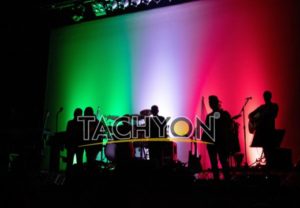
Common lamps and their characteristics
- Spotlight: It is one of the most widely used main lights in stage lighting. There are 1KW and 2KW in the market, and 2KW is the most widely used. It illuminates concentrated light, the edge of the light spot is relatively clear, can highlight a part, and can also enlarge the light spot to illuminate an area. As the main light source of the stage, it is often used for surface light, slap light, side light and other light positions.
- Soft light: The light is soft and well-proportioned, which can highlight a certain part without a hard spot, which is convenient for connecting several lights. Common ones are 0.3KW, 1KW, 2KW, etc. It is mostly used for short distance light positions such as column light and flowing light.
- Backlight: It is a reflective lamp, which is characterized by hard light quality, high illuminance and long range. It is an economical and efficient strong light lamp. The common ones are mainly 0.5KW, 1KW, 2KW and so on, with 2KW used most.
- Astigmatism lamp: the light is diffuse, uniform, and has a large projection area. It is divided into sky astigmatism and ground astigmatism. The common ones are 0.5KW, 1KW, 1.25KW, 2KW, etc., which are mostly used for sky screen illumination and can also be used for theater chairman Universal lighting of the table.
- Modeling lamp: The principle lies between the follow spotlight and the spotlight. It is a special lamp, mainly used for modeling and projection of characters and scenery.
- Footlight (also called strip light): soft light, wide area. It is mainly used for lighting and coloring to the middle scene and net scene, and can also be used for auxiliary surface lighting at the proscenium position.
- Beam light (also known as downlight): widely used, such as PAR46, PAR64 and other models. It can be used to illuminate people and sceneries in all directions, or it can be directly installed on the stage, exposed to the audience, forming a light array, for stage decoration and lighting.
- Projection slides (also called projection slides) and sky curtain effect lights: can form an overall picture on the stage canopy, and various special effects, such as: wind, rain, thunder, electricity, water, fire, smoke, clouds, etc.

- Computer light: This is a kind of intelligent lamp controlled by DMX512 or RS232 or PMX signal. Its light color, spot and illuminance are better than the above conventional lamps. It is a kind of intelligent lamps developed in recent years, often installed in surface light, For the top light, the back steps of the stage and other positions, the running color, shape, and picture can be programmed. Due to the different power levels, the use on the stage should be different. Generally, low-power computer lights are only suitable for dance halls. On the stage, low-power computer lighting lines and spots are often eliminated by stage spotlights, return lights, etc., so pay special attention to the selection.
- Follow-up light: It is a stage lighting fixture. It is characterized by high brightness and lens imaging, which can present a clear light spot. By adjusting the focal length, the virtual and real light spots can be changed. There is a movable light bar, which can easily change the color, and the lamp body can rotate freely. There are many varieties in the market, and the way of marking indicators is different. Power-standards such as: 1KW halogen tungsten light source, 1KW dysprosium light source, 1KW metal halide light source, 2KW metal halide light source, etc. There are also follow-up lights based on distance. (Light intensity and illuminance at a specific distance), such as 8-10m follow light, 15-30m follow light, 30-50m follow light, 50-80m follow light, etc., and functionally divided into: mechanical The focus, light barrier, and color change of the follow light are all done manually; the other is a computer follow light, and the focus, light barrier, color change, and color temperature adjustment are all done automatically by pushing and pulling electrical appliances. Be sure to carefully select various indicators.
Stage lighting color changer
The design and promotion of the color changer greatly simplifies the number of stage lamps, reduces the labor intensity of the lighting workers, and also saves the investment amount. Therefore, it is an indispensable device for stage configuration. There are mainly mechanical color changers on the market. There are two types: electric and color changer.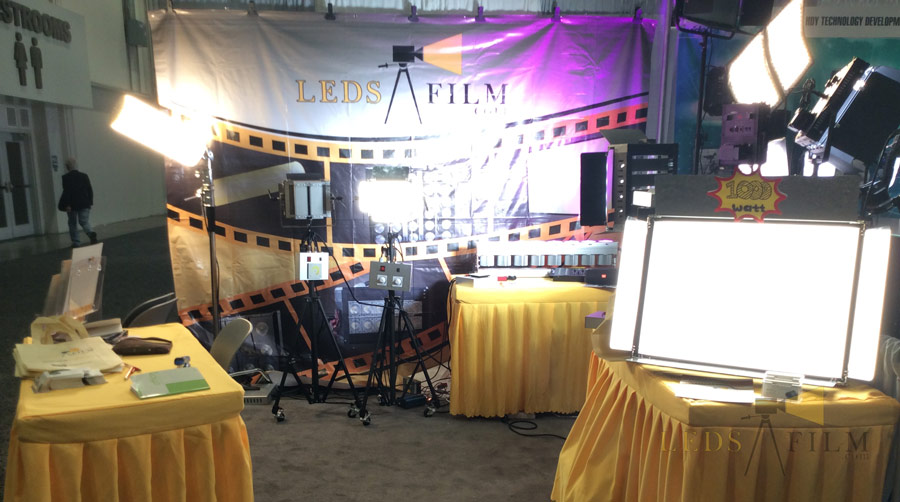
- Stage mechanical color changer: Its design is simple and the price is low. It was the mainstream product from the 1980s to the mid-1990s, and it is close to being eliminated.
- Stage computer color changer: It is a new type of color changer, which adopts the international standard DMX-512 signal output, which can be controlled by a dedicated controller or connected to a computer lighting console. It has multiple modes and high precision. , Large capacity, long control distance, etc., has become the mainstream product of the market color changer.
Lighting control equipment
The market dimmers, mainly analog dimmers and digital dimmers, are characterized by:
- Analog dimmer:
Using analog dimming technology, the output signal is 0-10V one-to-one output. Generally, analog dimmers are simple in design, with fewer controller circuits and poor dimming curves, but the market price is low, and it is easy to learn to master. It is the mainstream product from the late 1970s to the mid-1990s. The common ones are 3, 6, 9, 12, 18, 24, 60, 120, etc. The power of each channel is 8KW, but there are also 2KW, 4KW, etc. The number of small channels is mostly integrated, and the main road The number is a split machine.
- Digital dimmer:
Using single-chip technology, it is DM512 digital signal. Digital dimming consoles are easy to use (especially for large circuits). Its dimming function, backup function, grouping function, dimming curve, etc. are better than analog dimming consoles, and the performance and price are relatively reasonable, which is very popular with users. The common ones are 12 roads, 36 roads, 72 roads, 120 roads, 240 roads, 1000 roads, etc., each of which is mostly 2KW, 4KW, 6KW, 8KW, etc. After understanding the position of the lamp, the characteristics of the lamp, the control equipment and the color changer, you can design the correct use plan according to the respective characteristics, the size of the use, the complexity of the lamp and the local conditions.
Stage lighting design
Design Principles
The stage lighting system design is configured in accordance with the rules and special use requirements of stage art performances. The purpose is to design and configure the lighting technology equipment required for the reproduction process of various performing arts according to the system engineering, so that the stage lighting system is accurate and complete. The land serves the art exhibition.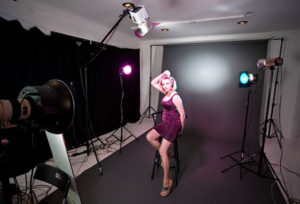
- Create a complete stage lighting free space to meet all lighting requirements;
- In order to ensure the continuous operation of the system, appropriately increase reserves and expansion space;
- The anti-interference ability and security of the system are important design indicators;
- New high-efficiency energy-saving cold light lamps are introduced into the system design;
- DMX512 digital signal network technology is introduced into all aspects of system design.
Process requirements
- The process design and equipment configuration of the system have the function of using a comprehensive theater, which can rotate the lighting operation schemes of a variety of different theaters in a short time.
- The system design can be quickly converted from one lighting scheme to another, and the conversion time is completed within 2 hours.
- The system allows the use of all types of lamps and other supplementary equipment.
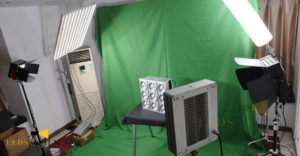
- The system is designed with sufficient security and storage capacity. The entire system performs continuous diagnostic checks on the main console without interrupting the main power supply.
- The equipment in the system fully meets the technical requirements of stage background noise. In the empty field, the noise of all lighting equipment when turned on and the interference of external environmental noise are not higher than NR25, and the noise of the 1M effect equipment at the test point is not more than 30dB.
- The expansion capacity of the system is reserved deliberately at the beginning of the system design, such as power silicon control capacity and network capacity. After sufficient funds or new technologies appear in the future, the system will not be modified or updated on a large scale due to insufficient design to achieve savings. Funds and rapid adaptation to changing needs.
